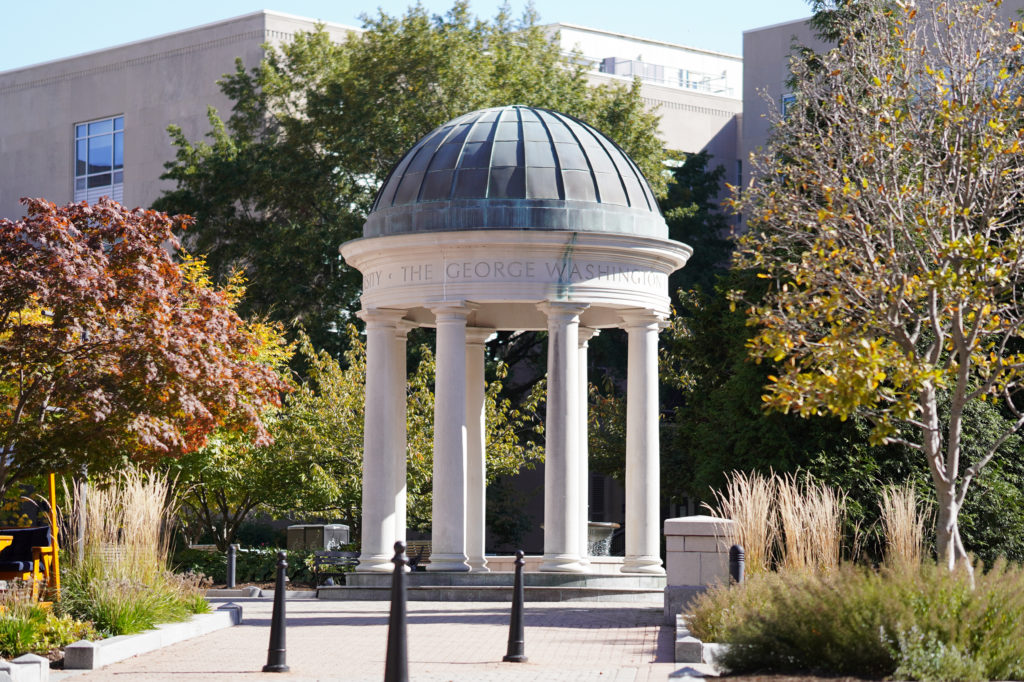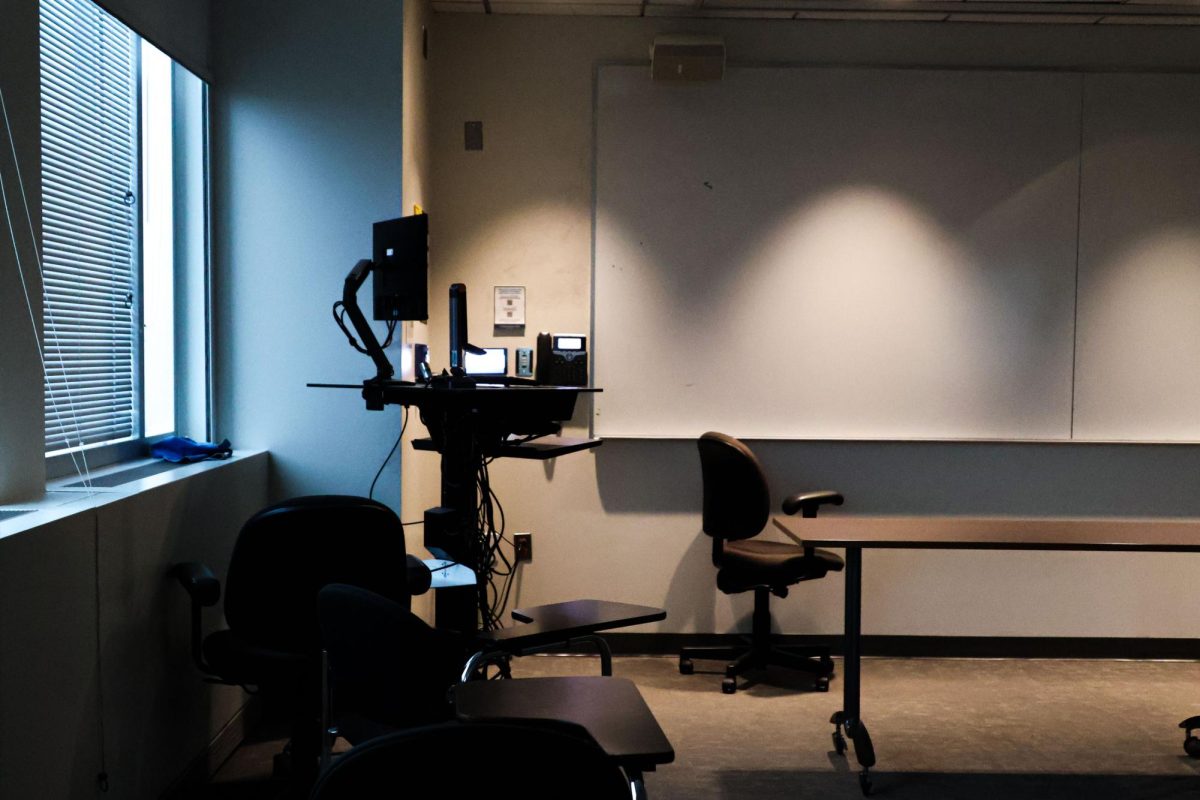From his temporary home in Ghana, more than 5,000 miles away from Foggy Bottom, junior Chris McLaurin writes to prospective applicants about his favorite GW professors.
“Classes at GW are not just boring lectures with stuffy academics,” he wrote from the coastal African nation. “GW has what we call ‘Professors of Practice.'”
McLaurin, who is studying abroad, is one of several students who contribute to a new Office of Admissions-sponsored blog, which the University created this semester to provide interested students a taste of life at GW.
There are six students who write their own online diaries and discussions on the admissions Web site, many posting new information every other day. The topics vary from blog to blog, post to post, and often address everything from D.C. internships to all-nighters in Gelman.
“Hopefully prospective students can see the opportunities and excitement I have had and want to be Colonials themselves,” McLaurin wrote in an e-mail.
Student blogging is not a new concept in the admissions process and many universities are adopting the technology as a way to present information to students in a more familiar format. Those involved in GW’s admissions blog said people enjoy it because it lacks the marketing motives of other admissions material.
“We don’t want this to be a completely sugar-coated version (of GW),” said Vickie Graf, a freshman blogger, “because I think a lot of prospective students will see through that and won’t be as interested.”
Graf, who works in the admissions office as a tour guide, said that her posts are not censored by admissions directors and this allows her to give an accurate portrayal of the school.
“It’s so personal and so modern,” said Jay Matthews, an education reporter at The Washington Post, about the recent advent of blogs. “These kids are so deeply part of the Internet generation, and this is really their turf.”
Matthews, who often writes about college admissions for The Post, said correctly utilizing new technology can prove to be an obstacle for many admissions offices. The benefits, he added, are worthwhile.
“It has all the advantages of letting kids clue into something that real undergraduates are doing,” Matthews said. “Instead of talking to admissions directors – who can sometimes be very formal.”
The Office of Undergraduate Admissions began interviewing prospective student bloggers this semester. Its Web site, along with technical responsibilities, is hosted by Hobsons EMT Chat University – a company dedicated to higher education communication.
“Those kinds of technologies are the new and hot ways to reach not only perspective students but also their parents,” said Sara Snyder, a marketing specialist at Hobsons. “We offer this to universities so they can reach students in ways that they (students) want to be reached.”
Senior Oliver Truong, a blogger, said that his experience on the site has allowed him to make meaningful connections with potential applicants. One family, he said, contacted him through the blog after they were unable to take an official tour of the campus. Truong met the family and spoke extensively about GW over lunch.
“(Calling the admissions office) is kind of intimidating for some students,” Truong said. “So blogging and e-mail allow you to bring it down to the personal level.”
High school senior Pat McLendon, who is attending GW next year, said it was good to hear a fair portrayal of the University before arriving in Foggy Bottom.
“It is one thing to hear the ‘students’ view’ – the students being paid by the administration to say certain things,” McLendon said. “It’s another to hear actual students’ views, saying ‘Yeah, you have to stay up all night sometimes.”
In Ghana, McLaurin said that his only major problem is keeping up the posts despite the sometimes unpredictable environment Ghana provides.
“It can be difficult to post at times because the power goes out a lot,” McLaurin said. “But I have managed so far.”






